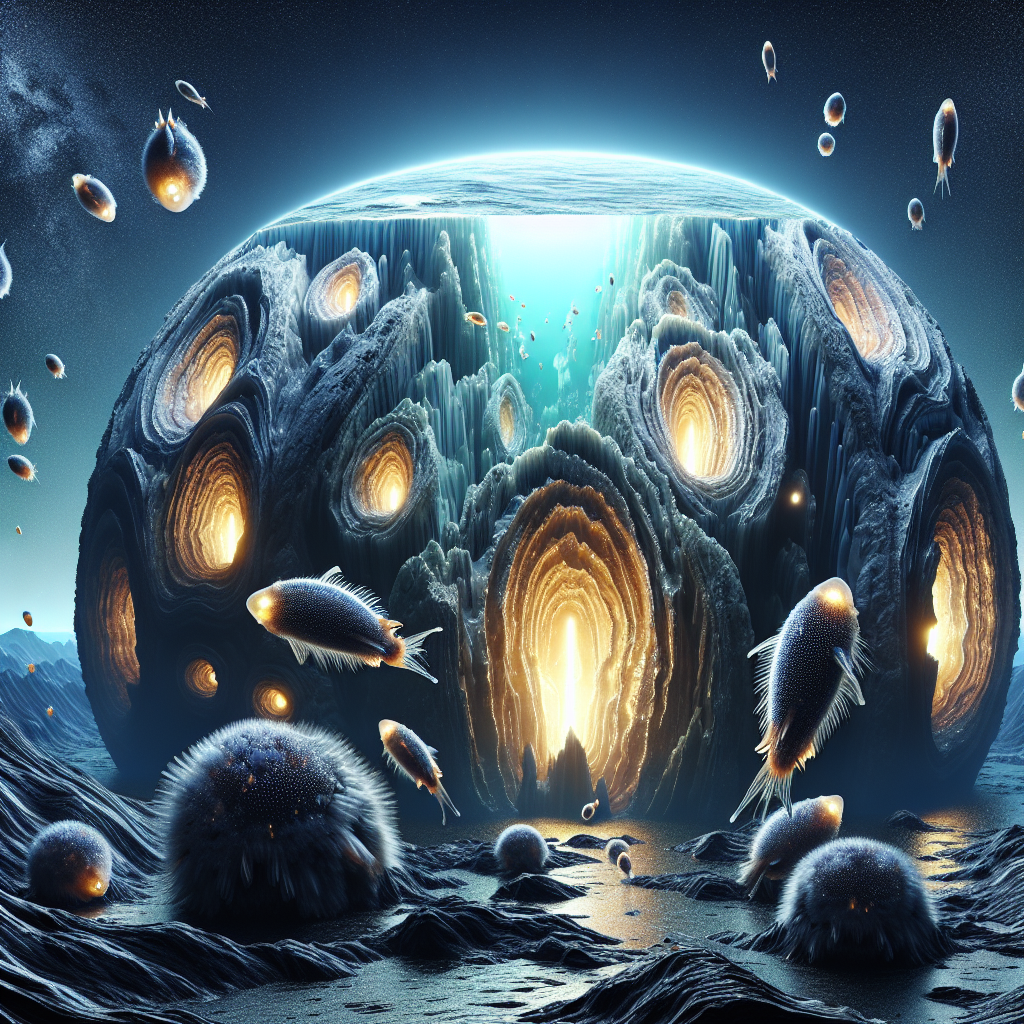
An unprecedented exploration has unveiled colossal life forms within the Earth’s oceanic crust, redefining our understanding of deep-sea biology and raising questions about the impact of human activity on these newly discovered ecosystems.
Beneath the ocean’s vast expanse, the Schmidt Ocean Institute has uncovered a hidden universe teeming with massive life forms, dwelling in the Earth’s oceanic crust. This groundbreaking discovery, set against the backdrop of the Chile Margin expedition, involves previously undocumented giant tubeworms and other marine invertebrates thriving in subterranean cavities up to 2,500 meters below the ocean surface. These hydrothermal realms were long thought to host only microorganisms. However, the presence of these colossal worms, alongside newfound gastropods and mollusks, signals an interconnected ecosystem powered by nutrient-rich emissions from Earth’s geothermal layers.
The implications of these findings are profound. As marine scientists continue to investigate the connectivity between these subterranean biomes and surface ocean life, it becomes apparent that the oceanic crust holds rare and complex communities. Hydrothermal vents, traditionally seen as isolated ecosystems, may serve as conduits for larval migration, linking disparate marine domains. This results from larvae travelling through hydrothermal fluid pathways, allowing young creatures access to these deep-sea habitats. Such connectivity might explain how unique and surreal ecosystems thrive under extreme conditions, rivaling science fiction in their complexity.
This revelation comes not only as a cause for scientific celebration but also as a clarion call for urgent conservation efforts. The specter of deep-sea mining threatens to disrupt these ancient ecosystems that have evolved over millennia. Despite the allure of minerals within the oceanic crust, the ecological cost could be immeasurable. As researchers document these fragile ecosystems’ capacity to produce novel compounds potentially vital for medicine, the pressure mounts to safeguard them from industrial exploitation. The continued discoveries highlight the precarious balance between exploration and preservation.
The surreal beauty and ecological importance of these creatures reinforce the need for responsible stewardship of deep-sea environments. These ecosystems present a unique biosphere within Earth’s crust, supporting life forms with adaptations unseen elsewhere. As scientists delve deeper into the mysteries of the oceanic crust, they uncover insights that could redefine environmental science, urging humanity to reflect on our role in conserving the silent depths beneath our ocean’s waves.
The discovery of giant organisms within the ocean’s crust underscores the potential for unknown complexity in Earth’s least explored environments. It reveals not just the resilience and diversity of oceanic life, but also the delicate precision with which these ecosystems function. As we stand on the brink of profound marine frontiers, this newfound knowledge calls for a paradigm shift in not only how we value these hidden worlds but also how we act to ensure their protection.






